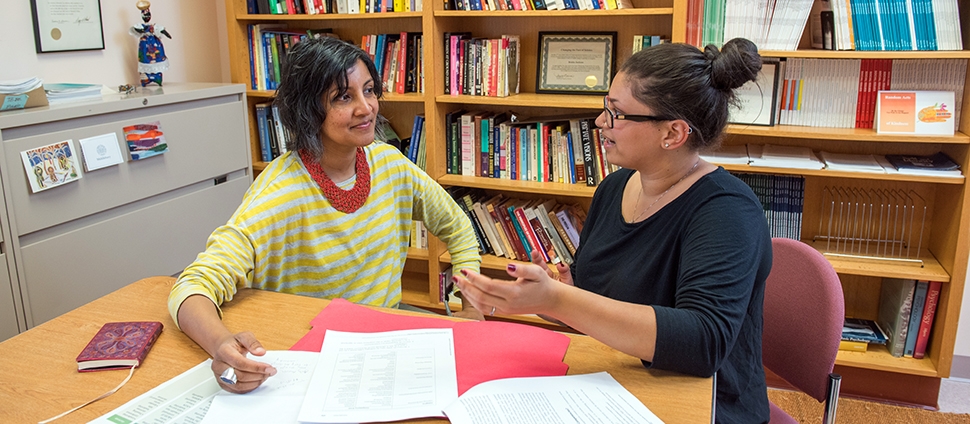Document Type
Article
Publication Date
12-1-2014
Publication Title
Journal of Traumatic Stress
Abstract
Research has established that trauma-related symptoms may impede the formation of a strong working alliance (i.e., interpersonal connection, trust, and shared goals between therapist and client). As the alliance is critical in trauma-focused therapy, we studied how clients' pretherapy factors, including symptoms and psychophysiological arousal, predict treatment alliance. We examined symptoms and physiological responses in 27 women who had exposure to extreme interpersonal violence; all of whom were enrolled in therapy. All had symptoms consistent with a diagnosis of posttraumatic stress disorder. Clients completed measures of working alliance and were assessed before and after treatment on measures of symptoms and autonomic arousal. Autonomic assessment included measures of skin conductance and respiratory sinus arrhythmia (RSA), taken during baseline, while viewing positive and then trauma-related slides, and during recovery. Higher alliance ratings were predicted by lower pretherapy skin conductance during trauma slides (r = -41, p = .049) and recovery (r = -44, p = .047) and higher RSA during baseline (r = .47, p = .027) and positive slides (r = .43, p = .044). Findings remained significant even after partialling pretherapy symptoms. These data on a high-need but understudied population suggest that sympathetic and parasympathetic arousal may help traumatized clients effectively engage in therapy, further supporting the role of parasympathetic activity in social engagement.
Volume
27
Issue
6
First Page
672
Last Page
679
DOI
10.1002/jts.21968
ISSN
08949867
Rights
©2014 International Society for Traumatic Stress Studies.
Version
Version of Record
Recommended Citation
Doukas, Ashley; D'Andrea, Wendy; Doran, Jennifer; and Pole, Nnamdi, "Psychophysiological Predictors of Working Alliance Among Treatment-Seeking Women With Complex Trauma Exposure" (2014). Psychology: Faculty Publications, Smith College, Northampton, MA.
https://scholarworks.smith.edu/psy_facpubs/117


